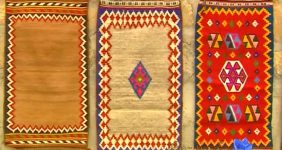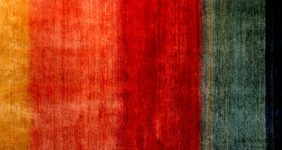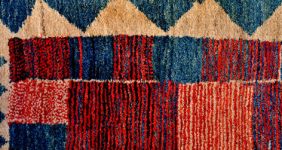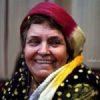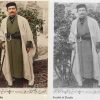Attire of Qashqai Nomadic Women 5
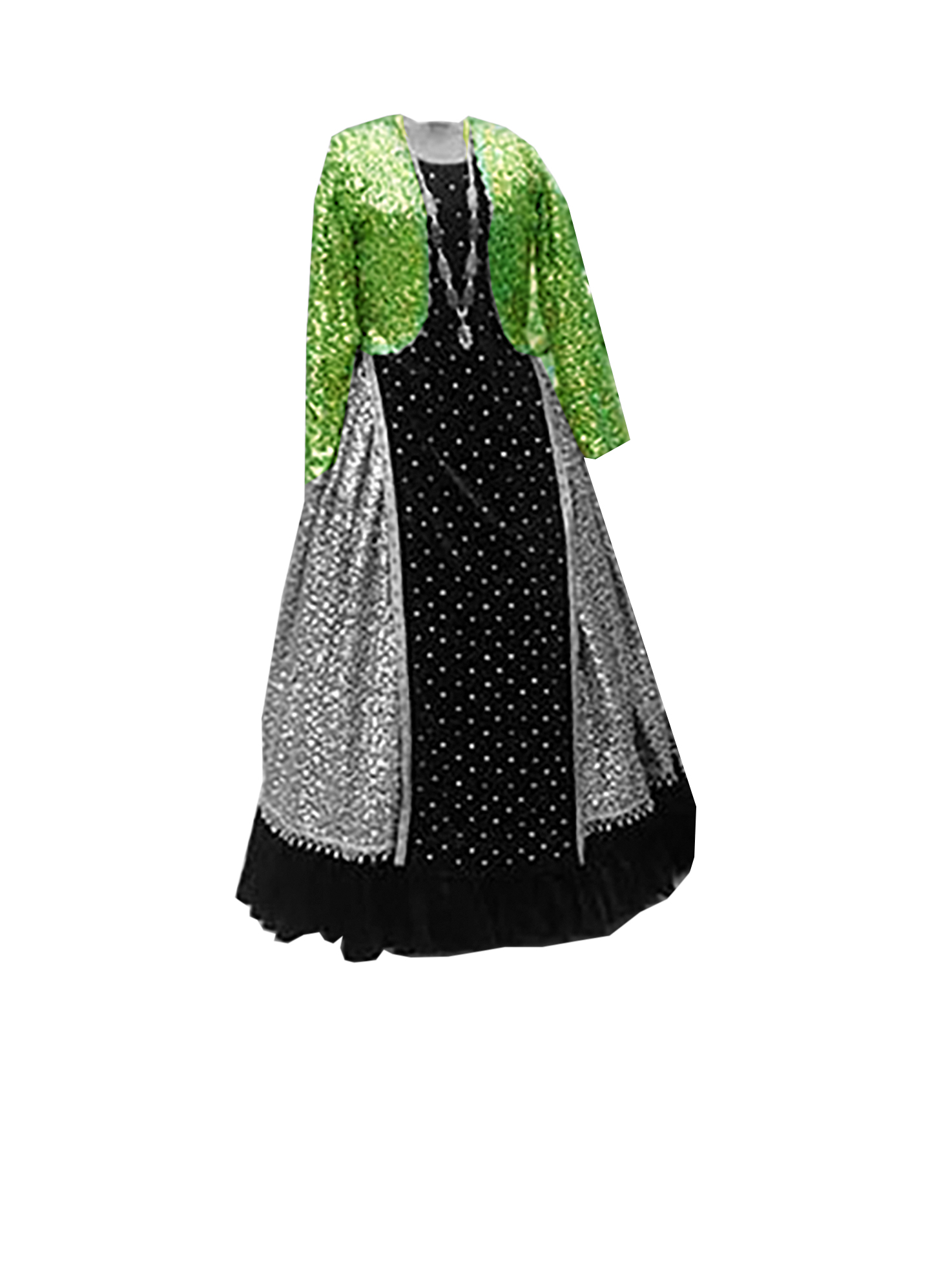
Women’s Arkhalig
The Arkhalig is worn as a warm garment, but because it is a beautiful and protective covering that adds dignity and elegance to the attire, it is used in most seasons of the year. The tailoring and cutting of the Arkhalig require expertise; therefore, the number of seamstresses who make this garment within the tribe is very small. The fabric used for the Arkhalig is thick and consists of expensive materials such as brocaded cashmere (termeh zarbaft) and floral velvet. Women’s Arkhaligs have a lining of delicate fabrics, usually floral chintz. The Arkhalig’s length is not excessive, extending only to the waist.
- The Arkhalig is an overgarment that is neither frivolous nor flimsy; it provides good protection against the cold and has slits under the armpits that allow for easy arm movement.
- The Arkhalig has long sleeves and triangular extensions, about the size of a palm, that cover the back of the hand. The Arkhalig’s lining has a pocket, which serves as a place to keep essential items.
- The Arkhalig is decorated with gold embroidery (zari douzi) and beadwork. The color of the Arkhalig for older women is dark and without embellishments.
The decoration of clothing became prevalent in Europe after the Renaissance; however, men’s clothing was more influenced than women’s because women adhered more strictly to religious and traditional customs. Although Iranians possessed great artistic talent, the significant transformation that occurred in clothing styles in Europe gradually spread to many countries. For example, applying braid (gheytan) around the edges of garments was an innovation of the Romans in the 16th century; tassel making (sharabe douzi) and gold embroidery (zari douzi) were customary since ancient Egypt, where they embroidered their tunics with gold threads passed through needles or sewed tassels onto the front of skirts. The Babylonians used wool and flax to create patterns on their clothing.
This information is taken directly from the book Siyəh Çadorha – Mənuçehr Kiyani
کتاب سیاه چادرها از دکتر منوچهر کیانی (in persian)
To be continued…


